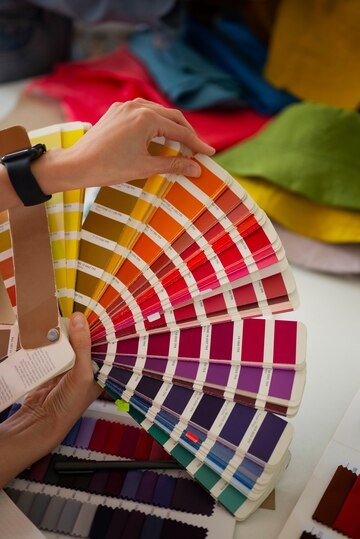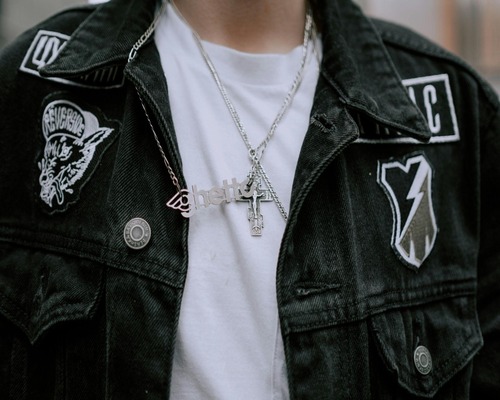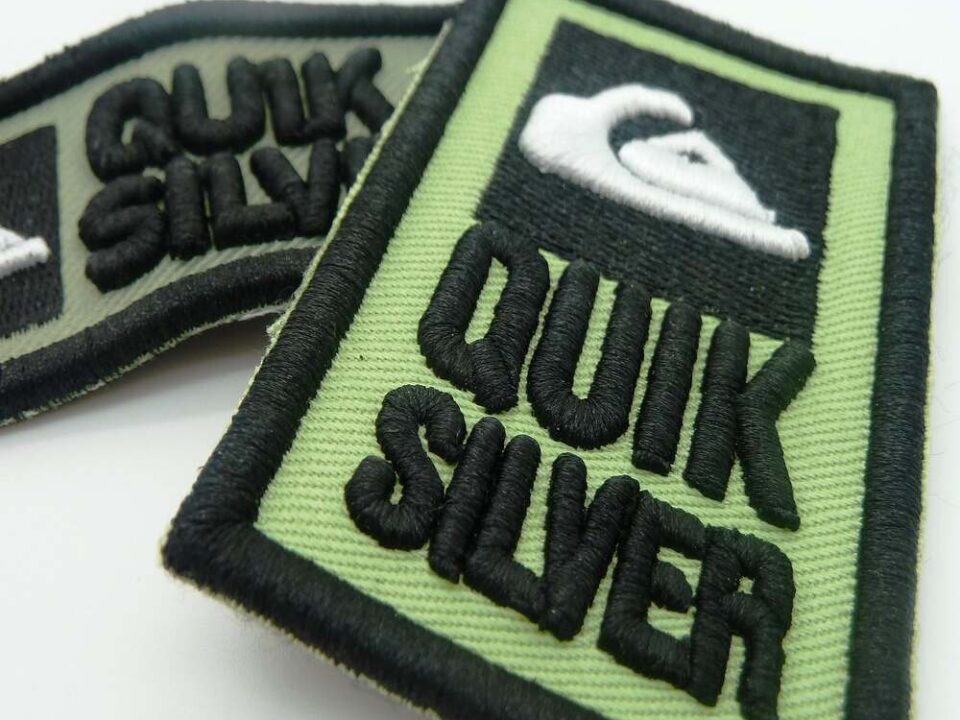How to choose the right patch design – a comprehensive guide

Maintaining Patches on Clothes: Essential Care Tips for Longevity
May 22, 2024
What are varsity letters – Everything you need to know
June 20, 2024Patches can add a touch of personalization to your clothing, bags, or accessories. A well-designed patch can elevate your style or promote your brand in a unique and memorable way. But not all patches are the same. There is a variety of patch design shapes and sizes to choose from.
This comprehensive guide will walk you through the essential factors to consider when selecting the perfect patch design. We’ve got a lot of aspects to discuss, so let’s dive in right away to discover how you can let your creativity shine by choosing the right design.
How to Create the Perfect Patch Design
Creating eye-catching patch designs involves careful planning and execution. Here are some secrets to creating patch designs that make your essentials stand out.
Step #1: Define the Purpose of the Patch
So, the initial step to consider for a successful design is to identify the purpose behind the patch. For instance, a patch used for branding reasons must have essential brand elements, such as the logo, slogan, brand colors, etc. On the other hand, if it’s a personal patch to elevate your style, a fashionable piece will suffice.
Likewise, you need to highlight who will be wearing the patch. The answer to this will help define the size and location of the patch. For instance, store employees may want to apply a small patch on the front of their uniform, while members of a sports team may prefer to have a larger one on the back of their jacket.
Step #2: Come Up With An Idea
Creating a unique patch design can be challenging. For artists, it’s all about letting the creativity flow. But first-time patch designers can get loads of inspiration from designs available online.
Your designs can be simple or intricate. However, the key is to create one with elements that have meaning and offer impact. To ensure your patch conveys the intended meaning, try limiting the amount of elements in the design. Excessive elements could make the patch look cluttered unless the patch you’re designing is big.
Step #3: Create a Sketch
It’s time to make your ideas a reality. If you’re a pro at drawing, you can easily attempt this on your own. Otherwise, you may need the help of a professional patch designer to translate your ideas into a sketch. Save it in a standard .jpeg or .png file format.

Source: Freepik
Many patch manufacturers recommend saving a sketch in .png form since images on these files can be processed more quickly. More importantly, the images are more scalable, so they can be enlarged or reduced accurately without getting compromised. This is especially advantageous when working with intricate designs.
Step #4: Specify the Required Size
As mentioned earlier, the size of a patch depends on its purpose and location. A large patch on a jacket’s sleeve would look overwhelming. Similarly, a patch designed for children’s apparel should be developed depending on their age.
Besides this, you need to choose an appropriate size depending on the level of complexity of your design. For instance, if you’ve designed a patch with intricate details and it’s too small, the design elements may not be clearly visible. You might need to opt for a bigger size.
Step #5: Think About Placement

The placement of your patch can significantly impact its visual appeal and the message it conveys. For example, a patch positioned front and center can draw a considerable amount of attention, becoming the focal point for onlookers with its boldness. On the other hand, one nestled subtly on the sleeves or pocket flaps enables you to incorporate patches into your look without overpowering the overall aesthetics.
Experiment with the placement of your patches to find the perfect balance. Remember to distribute them uniformly to create a cohesive and visually appealing ensemble.
Step #6: Pick the Right Patch Type
Patches come in different types, each with varying characteristics. So explore all your options and choose the one that suits your design needs. Whether you adore chenille or iron-on patches, there’s a perfect option waiting to embellish your beloved garments.
Step #7: Select a Color Scheme
Believe it or not, every color has a different meaning. Moreover, besides enhancing the design of your patch, it can also evoke different reactions. For instance, using warm colors like red, orange, and yellow in your designs can depict happiness, enthusiasm, passion, and energy. Therefore, think about the color scheme before finalizing your patch design.

Source: Freepik
More importantly, it’s crucial to choose hues that complement each other and work together to improve the aesthetics of your patch. For example, using colors with enough contrast can make the embroidery and text more visible. For many designs, less is more; you can create a more striking and memorable design using just a few colors.
Step #8: Convert Your Patch Design into a Reality

It’s time to bring your patch to life. This is where you need to connect with a patch manufacturer. With lots of options available online, it can be overwhelming to find the perfect one. A reliable and experienced manufacturer not only produces high-quality, durable patches but also provides excellent customer service and support throughout the production process.
Look for companies specializing in creating custom patches with a proven track record of crafting high-quality products. Evaluate their portfolio to assess the quality of their work and their level of expertise. Ideally, look for one that has experience producing patches similar to the designs you have in mind. Make sure to pay attention to details such as stitching quality, color accuracy, customization options, and durability. Ask about turnaround times and pricing before making any payments.
Design Your Patch Today
Patches can help unlock endless possibilities for self-expression. However, there are several things you need to consider when designing a patch. With the tips mentioned above, you’ll be able to design one like a pro.
If you want to ensure your patch is recognizable and readable, consider designing yours from a professional patch manufacturer like Anything Chenille. With years of experience designing and developing quality custom patches, we can help you create the perfect one for your needs. Speak to our representatives to discuss your patch design.
Ready to get started?




